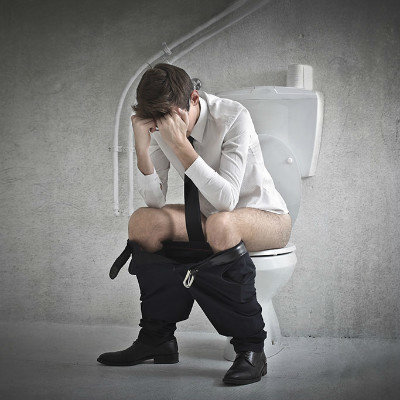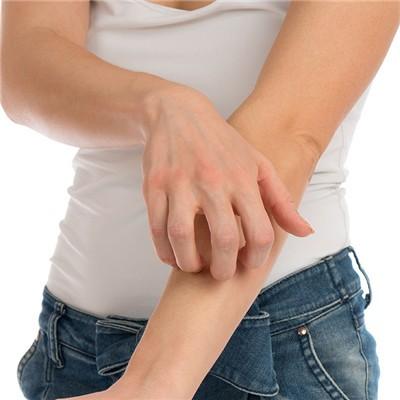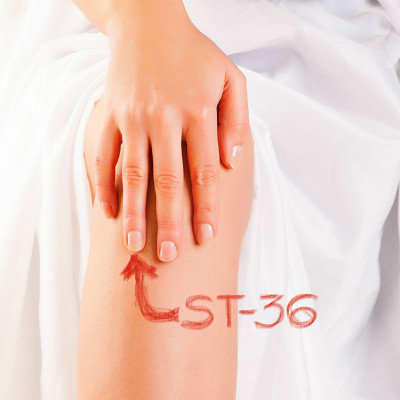Symptoms of ear injury
summary
In our life, we all have the habit of digging our ears. Many people feel that if we don't dig our ears for a long time, there will be a lot of earwax, especially oil earwax, which will flow out after a period of time. It's disgusting to see it. Some people dig their ears not only to clean them, but also because they are very comfortable and enjoyable. They often use ear scoops, hairpins and matchsticks to dig their ears. In fact, there are many harms in doing so. The skin of the external auditory canal is delicate, closely connected with the perichondrium, with less subcutaneous tissue and poor blood circulation. Improper force when pulling out the ear can easily cause injury and infection of the external auditory canal. Ear gouging should be cautious. Let's learn about the symptoms of ear gouging injury.
Symptoms of ear injury
It's also easy to make the cuticle of the external auditory canal swell and block the hair follicle, which is conducive to the growth of bacteria. If the external auditory canal skin is damaged and congested for a long time, it's easy to stimulate the secretion of cerumen gland, and there will be more and more ear excrement. Chronic stimulation of long-term ear tapping may also induce papilloma of external auditory canal.

There are cerumen glands in the skin on the cartilage surface outside the external auditory canal, which can secrete a kind of yellowish sticky material, called cerumen, commonly known as earwax or earcicada. It guards the door of the external auditory canal like a sentry. Some of this material is thin when it is dry in the air, and some of it is like sticky oil, which is usually hidden in the external auditory canal, It can protect the skin of external auditory canal and adhere foreign substances (such as dust, flying insects, etc.).
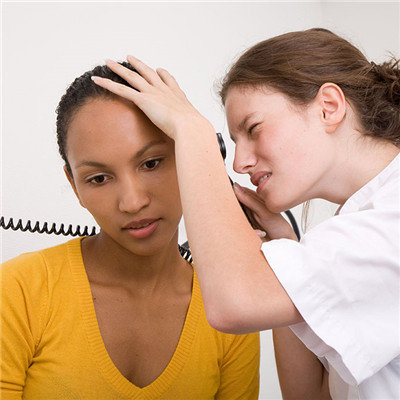
Earwax is called cerumen in medicine, which is formed by normal secretion of ear canal skin combined with dander. Generally, a small amount of crumb cerumen will be discharged by itself with the vibration and jaw movement during the movement. For large pieces of hard cerumen, the otologist should use a special tool to remove it. Never take it out by yourself. If it really itches hard, you can gently rub it with your hand on the outside of the ear, or gently rub it with a cotton swab, but don't stretch it too far in.
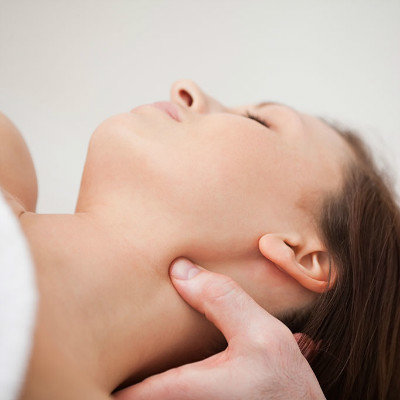
matters needing attention
It's better not to go deep into the ear canal to take out the earwax, so as not to use too much force to cause external ear canal injury, infection, or injury to the tympanic membrane. Generally, you can take out the ear once a week and gently take out the external ear canal with an ear scoop. If you feel the ear itching and blocking, you'd better go to the hospital and ask a doctor to take out the earwax with professional tools or professional washing.






